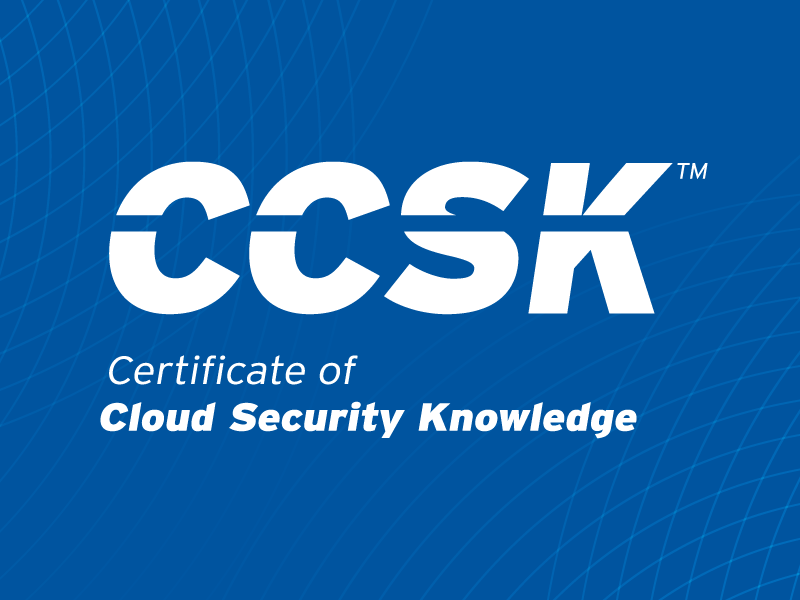Top Threat #11 - APT Anxiety: Battling the Silent Threats
Published 03/17/2025
Written by CSA’s Top Threats Working Group.
In this blog series, we cover the key security challenges from CSA's Top Threats to Cloud Computing 2024. Drawing from the insights of over 500 experts, we discuss the 11 top cybersecurity threats, their business impact, and how to tackle them. Whether you're a professional or a beginner, this series offers a clear guide to the evolving cloud security landscape.
Today’s post covers the final top threat: Advanced Persistent Threats.
What are Advanced Persistent Threats (APTs) in Cloud Security?
Advanced persistent threats (APTs) are sophisticated adversaries, such as nation-state actors and organized criminal gangs, that conduct long-term attack campaigns targeting sensitive cloud data and resources. These well-funded attackers use ransomware, extortion, zero-day exploits, phishing, credential theft, wiper attacks, and supply chain compromises to infiltrate cloud environments.
Consequences & Business Impact
APTs can severely impact businesses across multiple areas, leading to technical, operational, financial, and reputational consequences.
- Technical Impact: Weak security makes cloud services more vulnerable to attacks, while APTs often steal or expose sensitive data, compromising confidentiality and integrity.
- Operational Impact: Data loss can disrupt business operations, while attacks on cloud services may degrade system performance or cause outages.
- Financial Impact: Organizations may face revenue loss due to service disruptions, restoration costs, and legal actions, as well as regulatory fines for non-compliance.
- Reputational Impact: APT breaches can damage both a company’s brand and its customers’ trust, especially if compromised cloud services lead to broader data breaches.
Mitigation Strategies
To defend against APTs, organizations must implement proactive security measures that enhance detection, response, and resilience.
- Business Impact Analysis: Regularly assess critical information assets and vulnerabilities to prioritize security efforts and allocate resources effectively.
- Cyber Threat Intelligence Monitoring: Track APT groups and their evolving tactics.
- Threat-Hunting Operations: Implement proactive threat-hunting operations to detect stealthy APT activities in cloud environments.
- Cybersecurity Information Sharing: Engage in cybersecurity forums and information-sharing groups to stay informed on APT tactics, techniques, and procedures (TTPs), improving overall preparedness.
- Offensive Security Exercises: Conduct red teaming and threat-hunting simulations to test and strengthen detection and response capabilities against advanced threats.
- Multilayered Security Approach: Strengthen security through strong access controls, encryption, continuous monitoring, and incident response to mitigate APT risks effectively.
To learn more about the top threats and explore strategies for mitigating these risks, download the full Top Threats to Cloud Computing 2024 here.
Unlock Cloud Security Insights
Subscribe to our newsletter for the latest expert trends and updates
Related Articles:
Closing the Cloud Forensics and Incident Response Skills Gap
Published: 12/16/2025
Beyond Workday: Why Socially Engineered SaaS Breaches Are Spreading
Published: 12/15/2025
Microsoft Entra ID Vulnerability: The Discovery That Shook Identity Security
Published: 12/08/2025





.png)
.jpeg)
.jpeg)
.jpeg)
.jpeg)